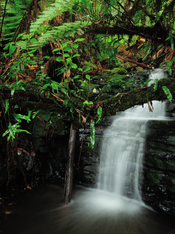Well, I do mostly large format, so it's handheld metering, and filter factors for me... same with the RB. I have also found that some films (TMY, HP5) respond a bit differently to filters, especially the red #25.
Edit: forgot to add that David Kachel wrote an excellent article about film's response to different filters, in a 90's issue of Photo Techniques. If you can find it, I highly recommend it.
Edit: forgot to add that David Kachel wrote an excellent article about film's response to different filters, in a 90's issue of Photo Techniques. If you can find it, I highly recommend it.
Last edited:




